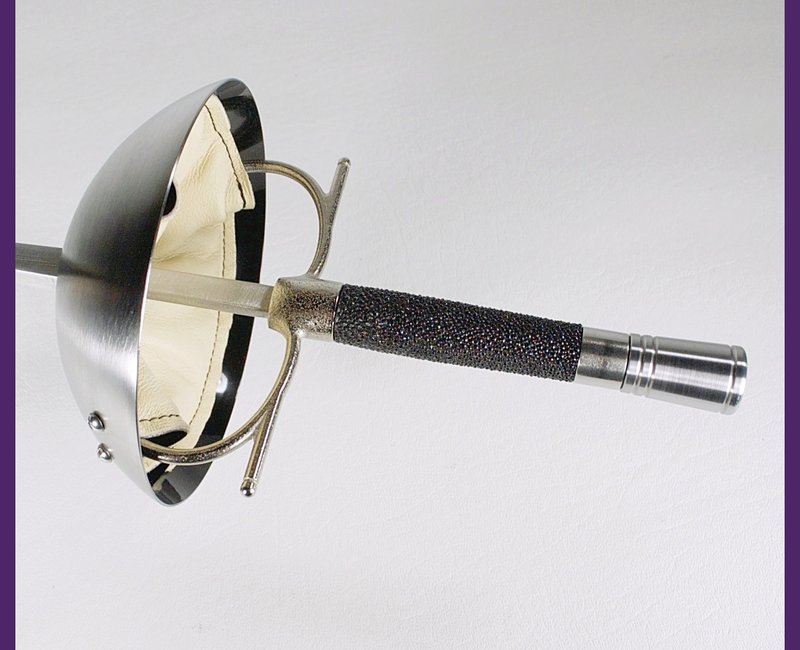
Italian Foil
Classical Italian foil fencing embodies a refined and elegant martial art, deeply rooted in the traditions of 19th and early 20th-century Italian fencing schools. The foil itself is a light and flexible weapon, designed for precision and control, with a rectangular cross-section blade that tapers to a rounded point for safety in training and competition. The guard is small and circular, crafted to protect the hand, often complemented by a ricasso to enable greater dexterity and intricate finger control through specific grip variations.
Fencing with the Italian foil emphasizes structured guard positions, such as prima, seconda, terza, and quarta, each carefully defined for both offensive and defensive purposes. The movements are characterized by their smooth and linear nature, prioritizing timing, distance, and precision over brute force. Attacks are typically straight-line thrusts, targeting the torso in adherence to the conventions of classical fencing, which simulate the rules of historical dueling.
A hallmark of the Italian style is its reliance on intricate wrist and finger actions, allowing fencers to execute disengages, feints, and blade manipulations with remarkable finesse. The off-hand is often used subtly for balance or as a defensive aid, reflecting the artistic yet practical elements of this style. Techniques such as martellato, a flicking or striking motion, and presa di ferro, the act of binding an opponent’s blade, highlight the technical sophistication unique to the Italian tradition.
This tradition has had a lasting impact, shaping modern sport fencing while maintaining its own distinct identity as an art form. The classical Italian foil continues to be celebrated for its technical depth, grace, and historical significance, offering a timeless link to the martial practices of Europe’s past.